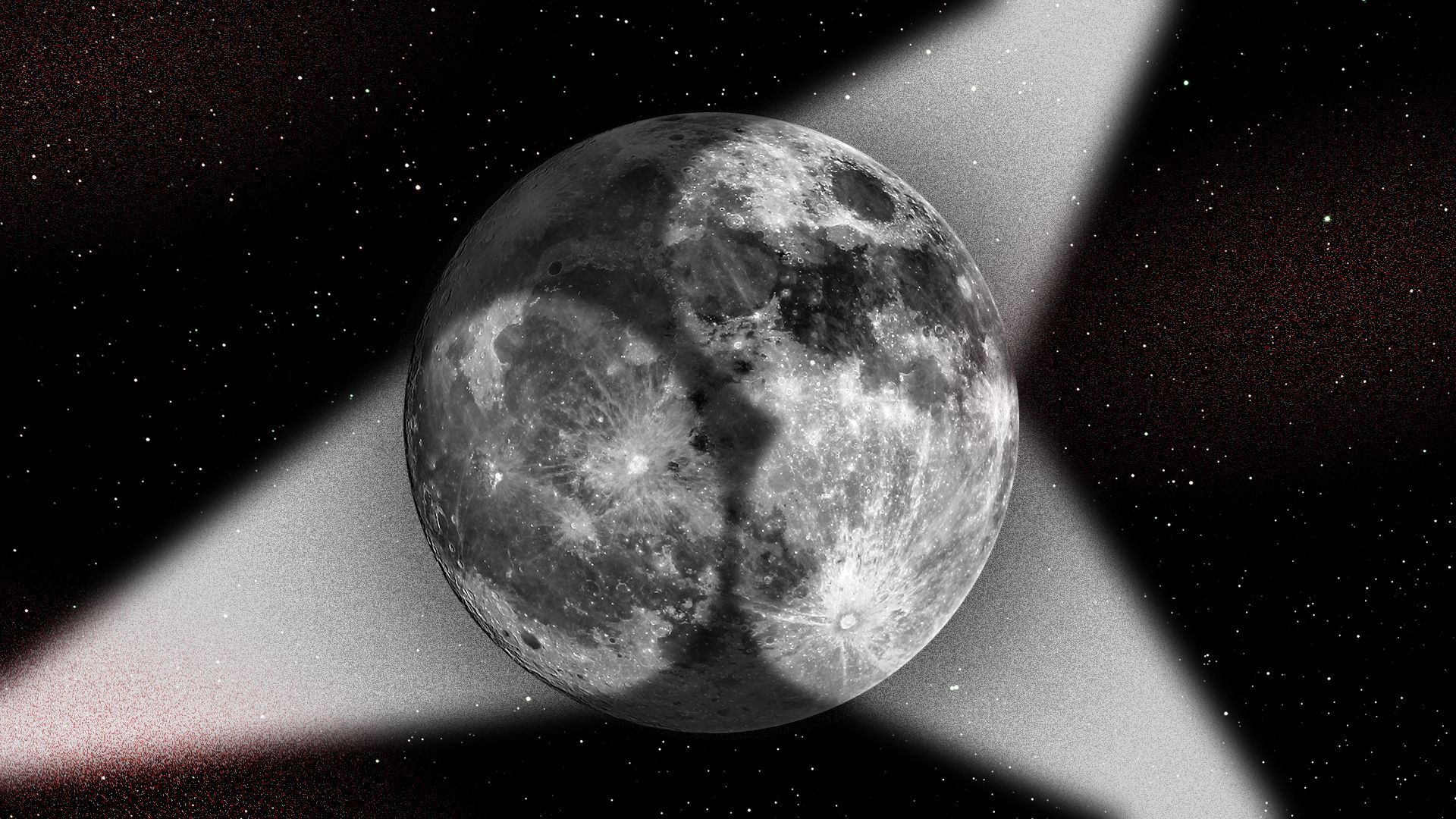The celestial stage is set for an awe-inspiring performance – a total solar eclipse.
On April 8th, the Moon will steal the spotlight, shrouding the Sun in darkness and revealing its usually hidden corona, the scorching outer atmosphere.
This fleeting spectacle is more than just a captivating sight for NASA; it’s a scientific extravaganza, a chance to conduct a cosmic investigation into the Sun’s influence on Earth.

Taking to the Skies for Solar Secrets
NASA’s high-altitude research aircraft will transform into celestial spies, soaring through the stratosphere to capture high-resolution images of the eclipse.
These detailed snapshots will be instrumental in studying the wispy dust ring and any asteroids that might call the Sun’s vicinity home. But the mission doesn’t stop there. These planes will also be armed with specialized instruments, transforming them into solar detectives. They’ll train their sights on the corona, the Sun’s million-degree outer atmosphere, and coronal mass ejections (CMEs) – powerful bursts of solar wind and charged particles that can disrupt Earth’s delicate magnetosphere, the shield that protects us from harmful radiation and keeps our auroras dancing. By studying these phenomena, scientists hope to gain a deeper understanding of the Sun’s activity and how it impacts Earth.
Citizen Science: A Crowd of Stellar Sleuths
The power of crowdsourcing takes center stage with a unique citizen science initiative. Ham radio operators across the country will morph into citizen scientists, conducting a vital experiment before, during, and after the eclipse. By sending and receiving signals and recording their strength and travel distance, they’ll contribute valuable data on how the eclipse affects Earth’s ionosphere. This critical layer of the upper atmosphere plays a vital role in radio communications and navigation systems. By analyzing how the eclipse disrupts the ionosphere, scientists can gain insights into how solar activity can impact these systems on a larger scale.
SuperDARN and GAVRT: Unveiling the Space Weather Connection
The Sun’s influence reaches far beyond its warmth and light. Solar radiation can disrupt Earth’s magnetosphere, triggering geomagnetic storms and dazzling auroras. To understand these interactions better, researchers will leverage two powerful tools: the Super Dual Auroral Radar Network (SuperDARN) and the Goldstone Apple Valley Radio Telescope (GAVRT). SuperDARN, a network of high-frequency radars strategically positioned across the globe, will act as an early warning system, tracking how solar radiation impacts the ionosphere. This data will provide valuable insights into potential space weather events, allowing scientists to forecast periods of geomagnetic storms and auroral activity. Meanwhile, the GAVRT Solar Patrol will train its focus on the Sun itself, measuring subtle changes in solar radio emissions as the Moon engulfs the Sun’s active regions. This data will help scientists understand the connection between solar activity and space weather events near Earth.
Rockets Take Flight to Unlock Upper Atmospheric Secrets
A team of researchers from Embry-Riddle Aeronautical University is prepping for a fiery launch. They’ll unleash a series of three rockets from the East Coast, strategically timed to take measurements before, during, and after the eclipse. As these rockets climb through Earth’s upper atmosphere, they’ll gather data on electrical currents, magnetic fields, temperature, and density. This data will provide a snapshot of how the eclipse alters these layers of the atmosphere, offering valuable insights into the Sun’s interaction with our planet. By studying how the eclipse disrupts the usually stable conditions in the upper atmosphere, scientists can gain a better understanding of how the Sun’s energy input affects Earth’s atmospheric processes.
Citizen Science: A Spectrum of Participation
The power of citizen science isn’t limited to ham radio enthusiasts. NASA has enlisted hundreds of volunteers across the country in a multitude of large-scale projects. These projects encompass a diverse range of activities, from observing the eclipse and recording their experiences to collecting data on local weather conditions or even sketching the corona as it peeks from behind the Moon. This collective effort will provide a wealth of data that complements the research conducted by professional scientists, offering a more comprehensive picture of this celestial phenomenon. The participation of citizen scientists not only aids in data collection but also fosters a sense of community engagement in scientific discovery.
The eclipse serves as a powerful reminder of our interconnectedness within the solar system. By harnessing the combined efforts of professional researchers, citizen scientists, and cutting-edge technology, NASA is poised to unlock a deeper understanding of the Sun’s influence on Earth.
The knowledge gained from this eclipse will not only enhance our space weather forecasting capabilities but also shed light on fundamental solar processes that influence our planet in profound ways, from the delicate balance of the atmosphere to the functionality of our technological infrastructure.
This celestial spectacle is a chance to peer beyond the Sun’s blinding light and unravel the mysteries that drive our solar system.



















